The best binoculars for kids of all ages from toddlers to teenagers
Feed that child's natural curiosity with a pair of the best binoculars for kids of all ages that you can buy

Best to begin them young, runs the age-old (but true) advice. And, with a host of devices dedicated to child use, this very much also applies to binoculars.
These visual devices can be simultaneously educational and fun, encouraging an interest in science, nature and sports, and both stimulating little brains and staving off boredom during family hiking trips or when traveling. For this reason, binoculars can make great gifts for kids, and there are specific models available for specific ages – from toddlers to teenagers, and beyond.
Age aside, just as when choosing binoculars for ourselves as adults, we’ll need to ask if there are particular pursuits we are buying these kids’ binoculars for. Stargazing, sports, bird and wildlife watching are engaging subjects whatever our age, and there are models that better fulfill these requirements than others. Or are we simply looking for an inexpensive everyday pair for free-time fun, that won’t break little hearts, or our wallets, if they inadvertently get trashed?
Whatever the age of the child, the key features to look out for when it comes to binoculars still apply. As most of us will know, binoculars are classified by their magnification, followed by their (objective) lens size. For example: 8x21. If we’re seeking general-purpose binos, which most kids’ binos are, then up to an 8x or 10x magnification is fine. With a higher magnification, any handshake will be amplified and can make for a shaky image – unless there is the ability to mount them onto a tripod. But that’s not something younger kids are typically going to be doing without help from mum or dad.
As for lens size, obviously bigger is better in terms of letting light in to provide a clearer image. However, portability is also a concern here, given the age of our potential user – and compact and lightweight binoculars usually means smaller lenses – so it’s always a trade-off. It stands to reason that because most children will be using their binoculars in daylight, unless of course stargazing is the intended aim, then having a bigger lens isn’t crucial.
Alongside the above features we’ll also need to consider budget, of course; more likely than not, binoculars for kids are going to be a gift from a parent or relative.
With all of the above in mind, we’ve put together ten recommendations of the best kids’ binoculars. These will help you choose binoculars that will best suit your child’s age, interests and requirements.
Our Top Picks
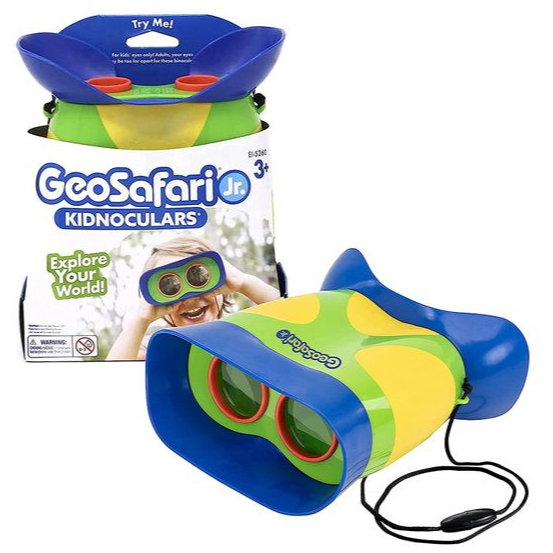
If you want binoculars that will encourage exploring and won't break the piggy bank there are the best for ages 3+
Read more below
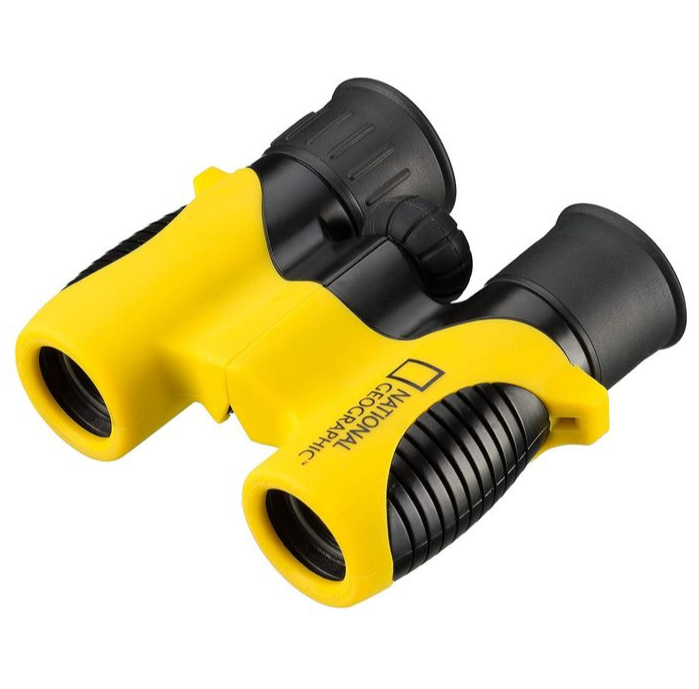
If you want to start your youngsters aged 4-8 with a pair of binoculars that will tackle all the dumps and bangs of life, then these are a great pair to try.
Read more below
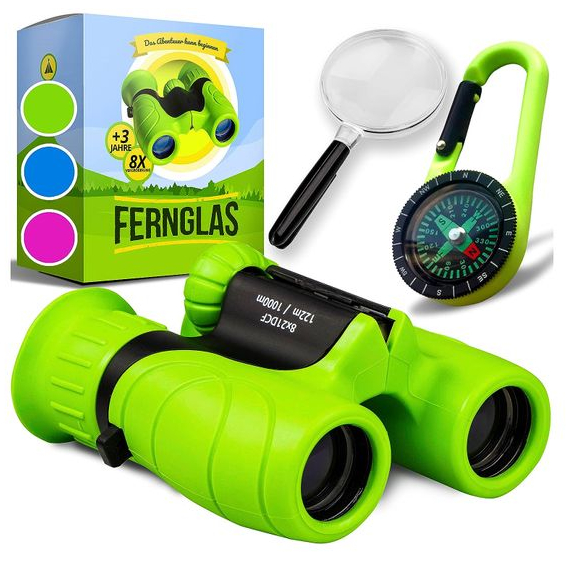
If your little ones love adventures then this binocular set will keep them entertained for hours for some great wildlife and inspect spotting.
Read more below
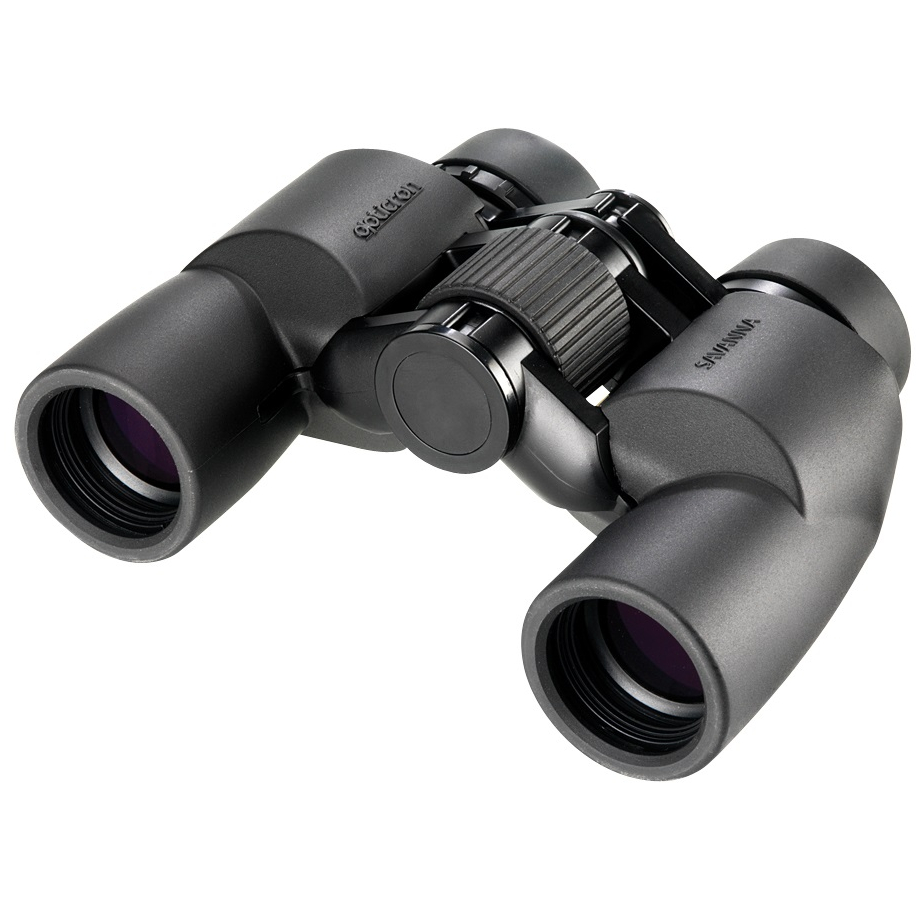
If you're looking for binoculars that aren't made of plastic and are a "proper" pair of binoculars for growing kids then these are the best to buy.
Read more below
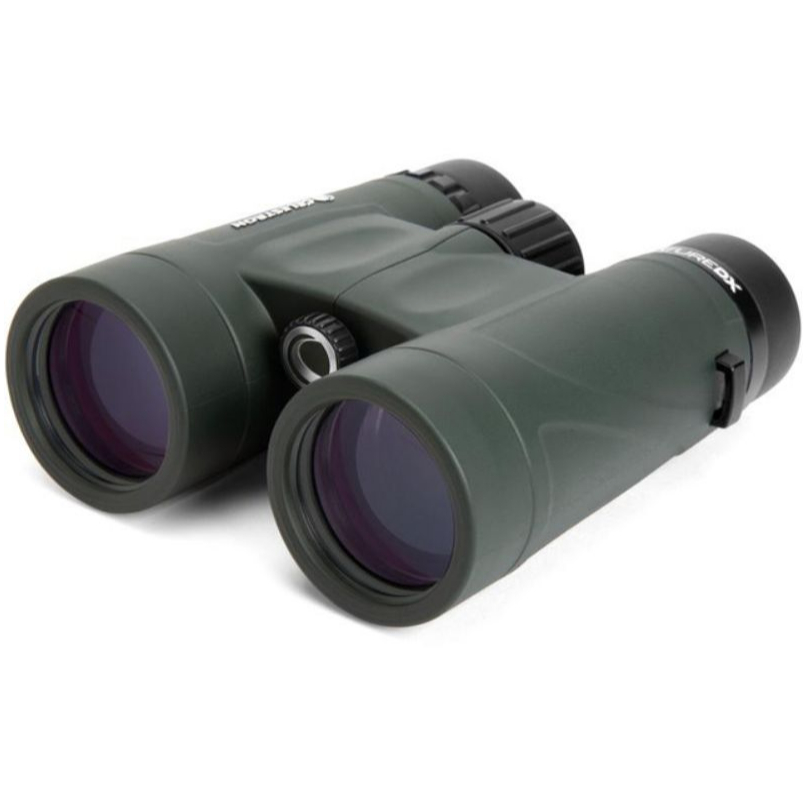
If you want a premium pair of binoculars your kids can enjoy your years on end that offer great optics then these are the ones to get.
Read more below
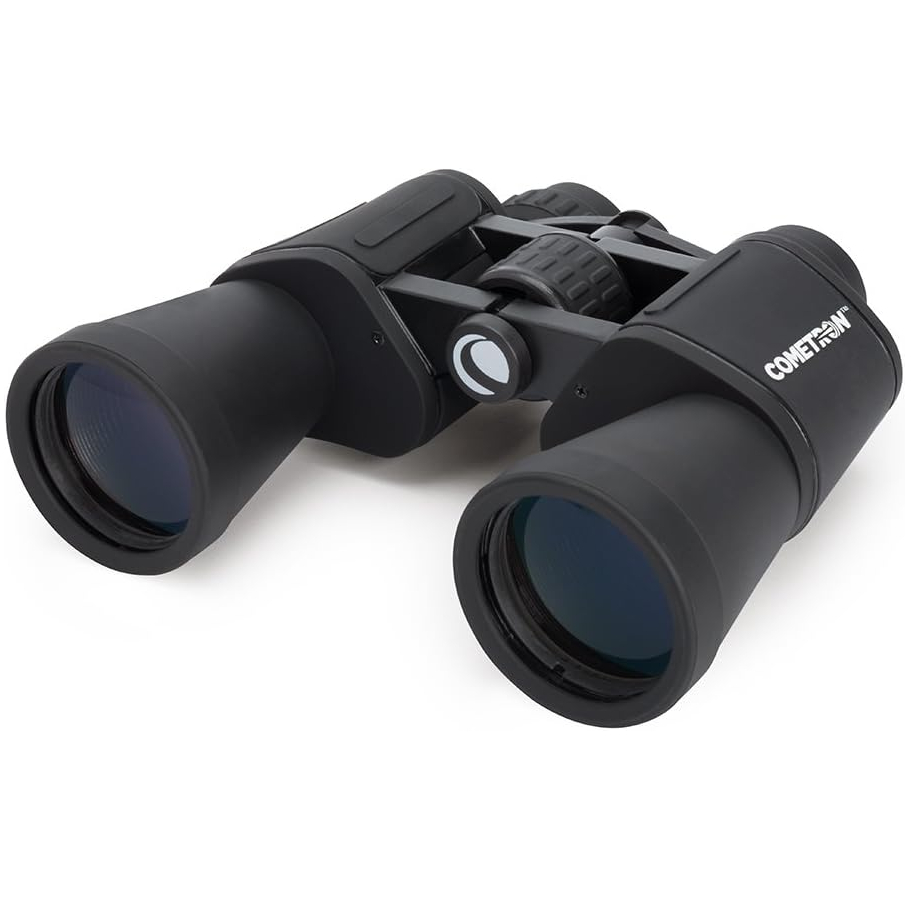
If you're looking for a stella pair of binoculars for your young star-gazer these are the best in the business for looking and observing the stars.
Read more below
The best binoculars for kids
Why you can trust Digital Camera World
Best for 3+
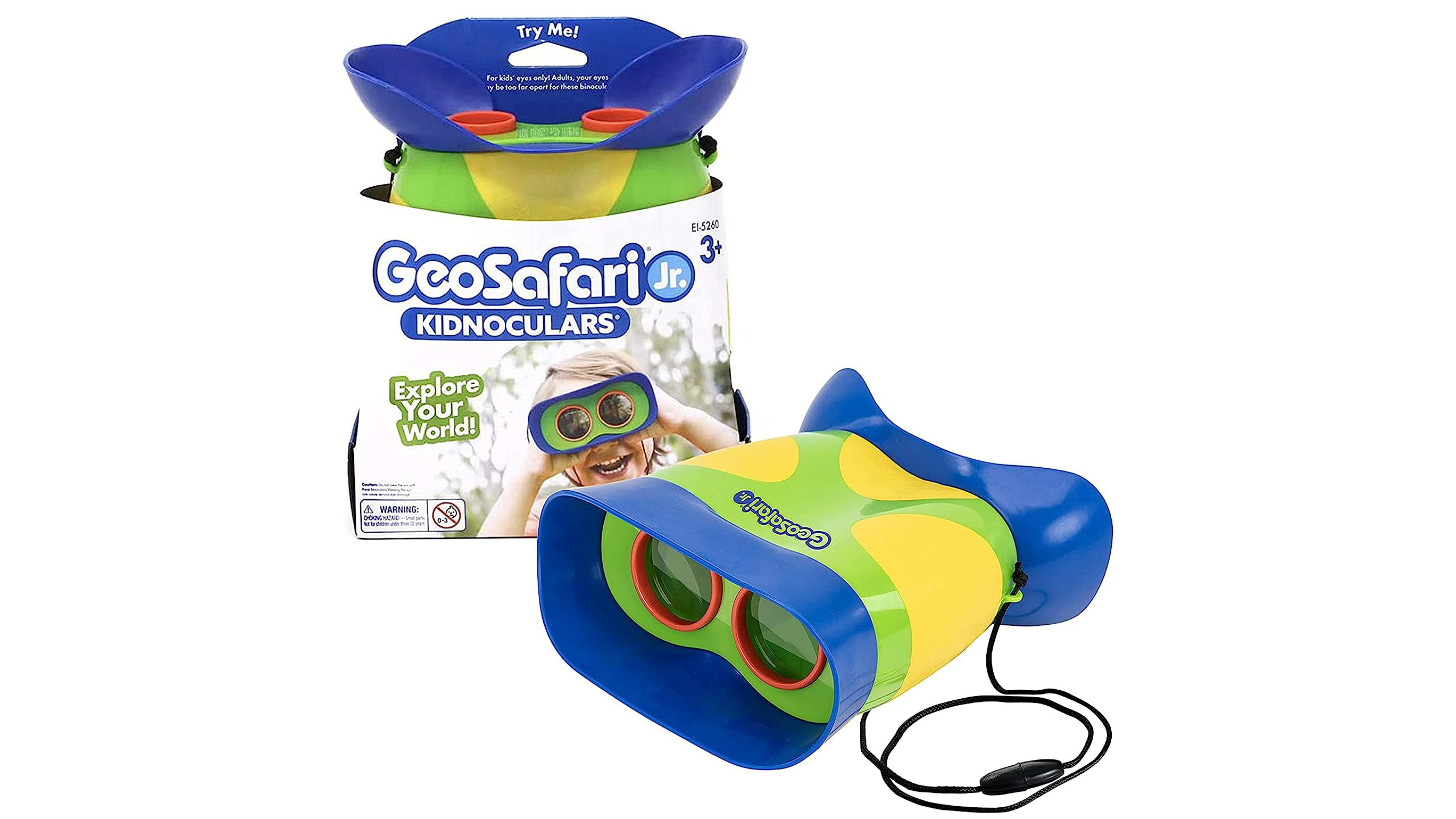
1: GeoSafari Jr Kidnoculars
Our expert review:
Specifications
Reasons to buy
Reasons to avoid
OK, so while its 2x magnification is modest, this eye-catchingly multi-coloured starter pair of binoculars has a safety goggle-like design that is waterproof and rubber-gripped shockproof with it. Add in focus-free eyepieces, and this combination of features suggests it as a perfect tool for learning and fun for toddler-age children, who want to get out into the great outdoors and explore nature, whatever the weather. Bird watching and role-play are other possible uses for this plastic-constructed pair.
This example is very affordably priced too, making it an ideal gift. Despite the so-so magnification, the objective lens size is a bright and eye-popping at 50mm. While there are no moving parts, adult supervision is always recommended at this age. We’re also applying bonus points for coming up with the term ‘kidnoculars’.
Note that the same manufacturer also sells the more-expensive Geosafari Jr Kidnoculars Extreme, which offer a 3x magnification, aimed at children aged 5 and up.
Best for youngsters

2: National Geographic 6x21 Children’s Binoculars
Our expert review:
Specifications
Reasons to buy
Reasons to avoid
National Geographic is a brand associated with science, nature and knowledge, so the automatic implication is that this binocular is no mere plaything. While a 6x magnification married to a modest 21mm lens size isn’t quite enough to get our blood pumping, it’s well suited to preventing image judder and this combination at least ensures a lightweight (at 184g) and portable device for smaller hands.
The construction by Bresser Optics, who also offers its own very similar-looking alternative, includes BK-7 prisms on the inside and a rubber surface on the outside. In combination these ensure usability while a bag, strap and manual come provided as standard. A fairly wide field of view of 116 metres at 1000 metres means that eager eyes should be able to locate subjects of interest from afar, while again the asking price suggests this one has the potential to be gifted to a child by a well-meaning relative.
Best for adventures
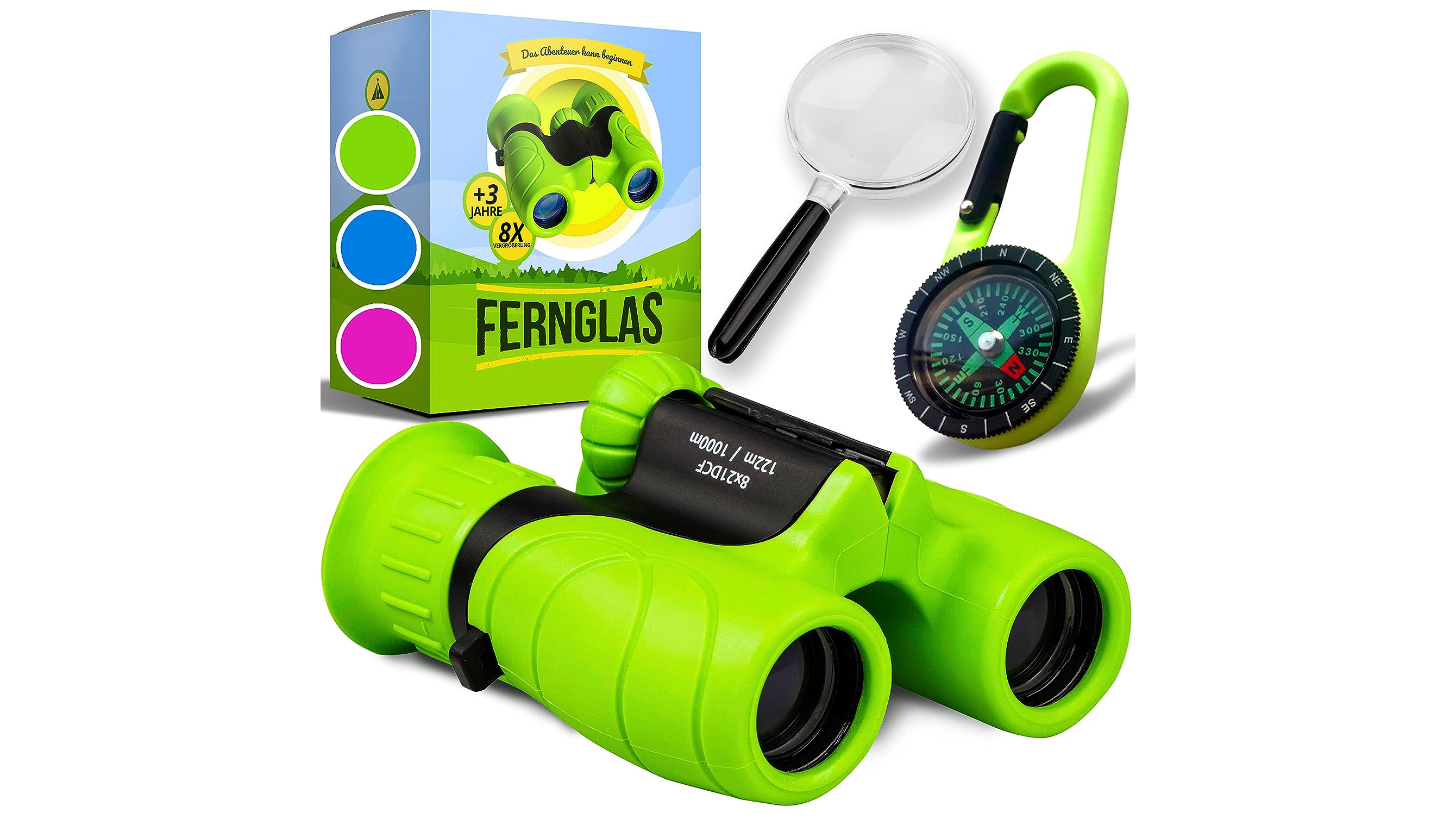
3: Promora Binoculars For Kids
Our expert review:
Specifications
Reasons to buy
Reasons to avoid
The natural world is endlessly fascinating whether we’re 5 or 50 years old. Pitched at the lower end of that age spectrum is this pocket friendly fun binocular, available in blue, green or purple ‘flavours’. Rubber-coated to both enhance the grip of small hands and prevent damage from accidental drops, an 8x magnification is decent for such a starter pair, even if a 21mm objective lens is pretty modest. Though this particular brand is new to us, just like on adult binoculars we get a focus wheel and dioptre adjustment.
A compass and magnifying glass come bundled too, suggesting it’s all about exploring nature and taking a walk on the wild side. The provided magnification also suggests it as a decent option for watching sports or birds. An adjustable central hinge keeps this option portable, as well as allowing for more precise alignment with the user’s own eyes. Slightly better than just a mere toy.
Best "Proper" binoculars
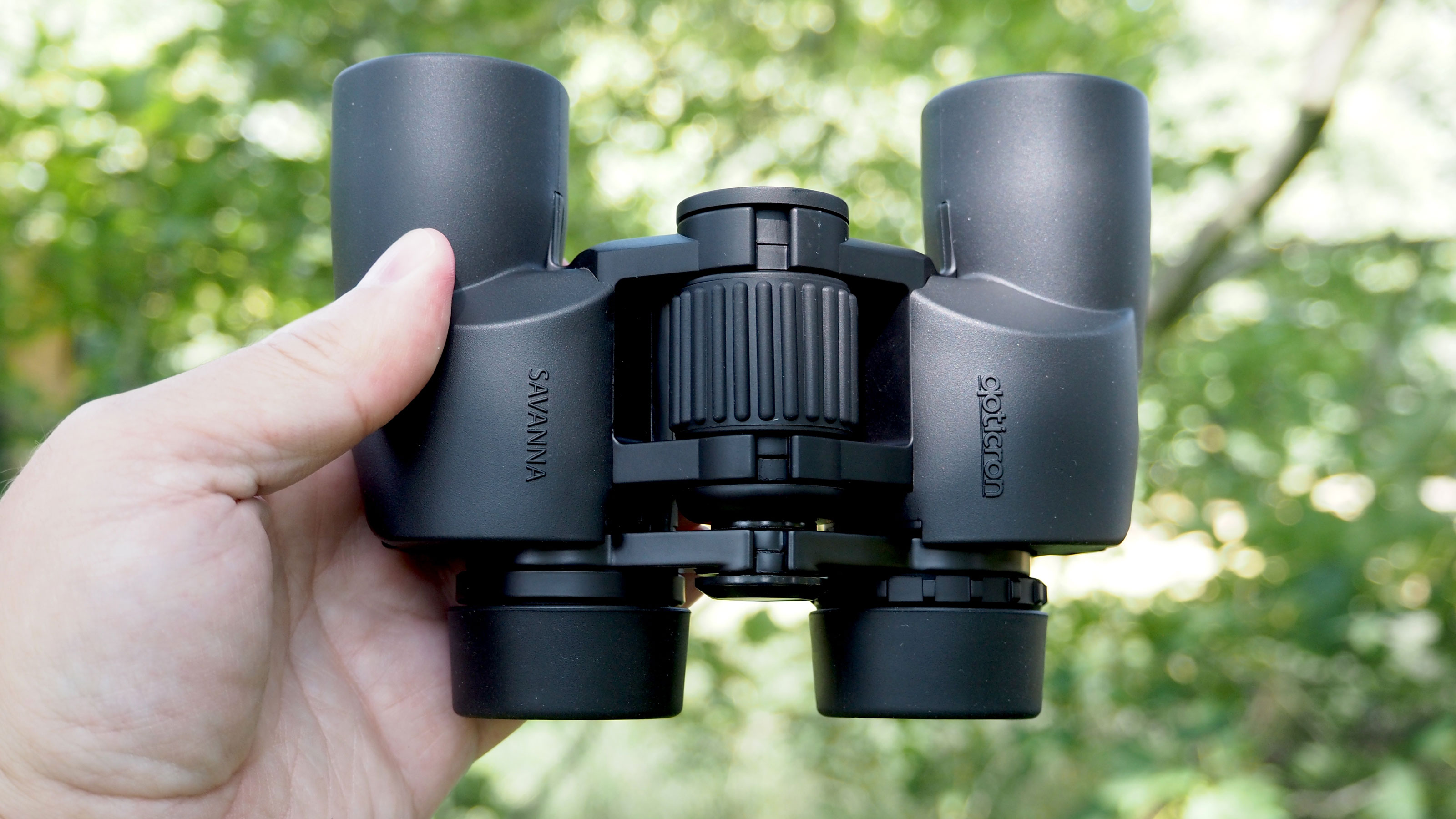
Specifications
Reasons to buy
Reasons to avoid
Compact, lightweight and waterproof, it’s easy to see why those with a larger budget – and anyone seeking a binocular that all the family can use, including Mum and Dad – might consider investing in the Opticron Savanna WP 6x30 porro prism type binocular. Keeping things compact and suitable for children despite its serious all-black livery is that 6x magnification married to a 30mm objective lens.
Attendant features for this proposition include waterproofing and the fact that it’s nitrogen-filled to prevent fogging. Focus is adjusted via a large, ridged and centrally located knob. If little hands leave mucky fingerprints, rest assured we can rinse this product clean with water. The distance between the eyecups can also be adjusted, further making it suitable for both kids and adults.
In conclusion, just like a new pair of school shoes, this is a binocular that slightly older children can grow into, rather than grow out of. So any additional spend over toy-like alternatives may well be worth it in the longer term.
See our full Opticron Savanna WP 6x30 review
Best for young bird watchers
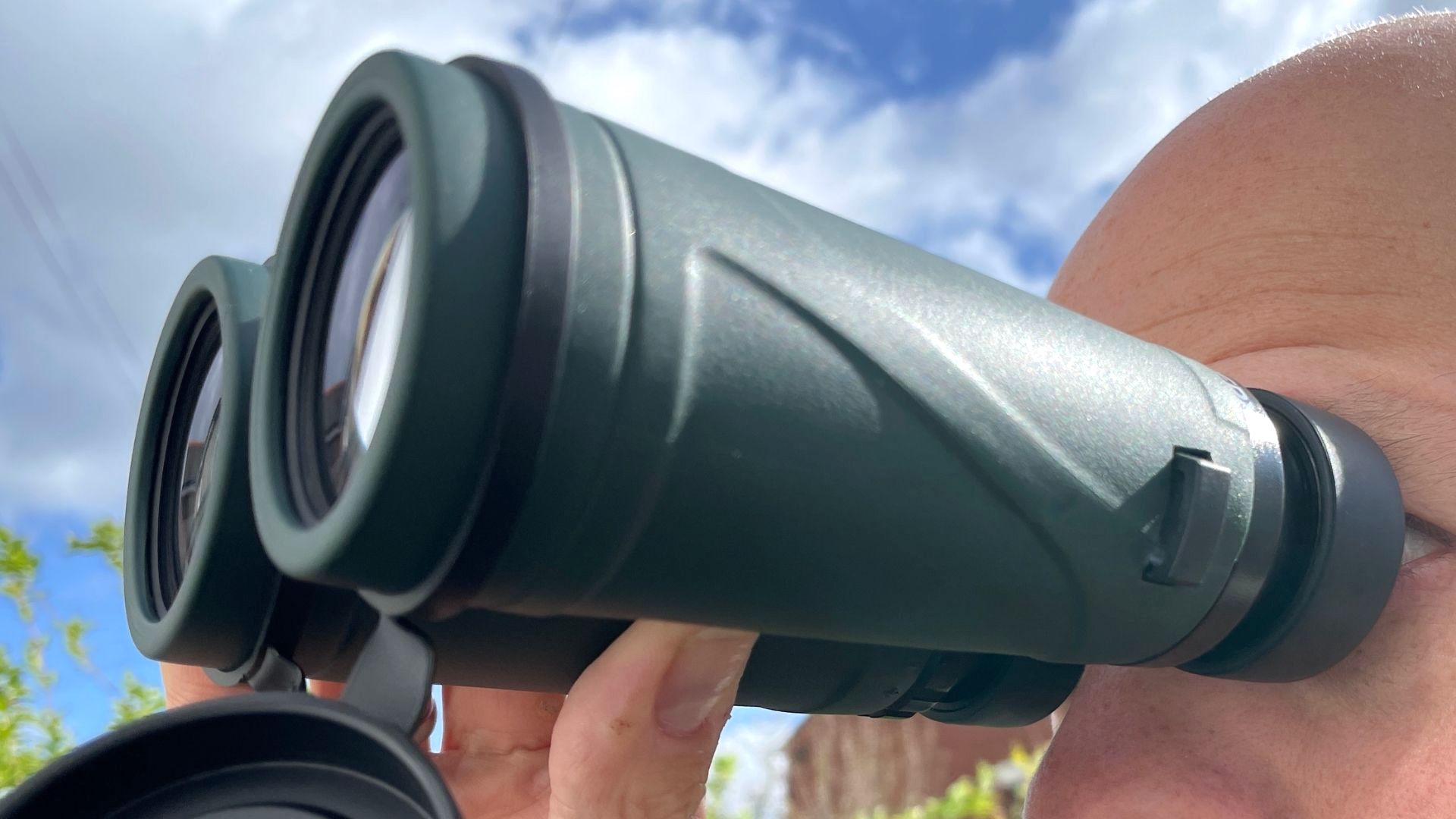
Specifications
Reasons to buy
Reasons to avoid
Offering a premium build, portability and a decent performance at a fair price, this rubber armored, nitrogen filled and waterproof product is perfect for young observers ready to make the step up to their first ‘proper’ pair of binoculars for bird watching in the wet and the wild, among other things.
Offering a decent 8x magnification power, class-leading Bak-4 prisms have been used in the construction, while twist-up eyecups provide comfort and safety combined. Sharp results are promised at shorter distances too, with a 6.6ft close focus provided. A neck strap, compact carrying case and lens cloth should help further extend the lifespan of this product. If you’re after a general use pair of binoculars not just for the older kids but all the family, then you’ll find much in the Celestron Nature 8x42’s favor.
See our full Celestron Nature DX 8x42 review
Best for astronomers

6: Celestron Cometron 7x50
Our expert review:
Specifications
Reasons to buy
Reasons to avoid
A useful 7x magnification married to an even more impressive 50mm objective lens is the lure here for older children seeking a step up from basic starter binoculars, or perhaps something better equipped for low-light observation, including stargazing. Very reasonably priced given the overall specification, this durable aluminium construction porro prism device with rubberized grips is both lightweight and water resistant. An optional tripod adapter is available for those who want to spend even longer gazing at the heavens.
Water resistant but not fully waterproof, optics here have also been multi coated to increase light transmission while a wide field of view helps to reveal a larger portion of the night sky. Well-made and sturdy, teenagers who usually have their heads in the clouds will instead benefit from sufficient magnification to be able to spot the tail of a comet. Now that’s an education worth the aptly named Celestron Cometron’s entry price.
Best mini binoculars
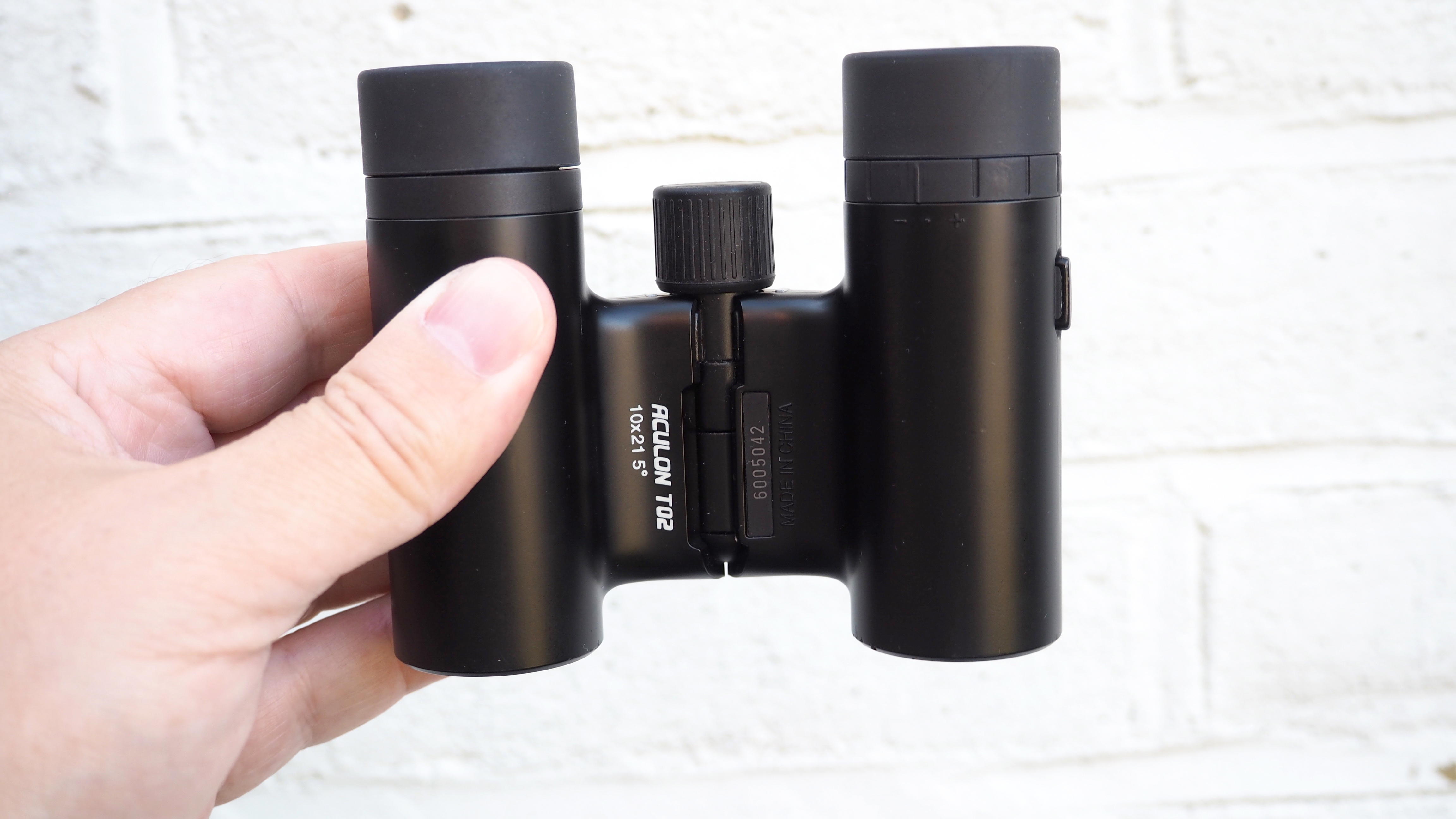
Specifications
Reasons to buy
Reasons to avoid
Nikon is world renowned for optical excellence so we’re expecting big things of this admittedly very small and compact binocular that manages to look both traditional and simultaneously futuristic. While suited to small hands overall, a large and obvious focus ring provides ease of use and smooth operation. A lightweight single hinged design provides further flexibility in that it allows for the inter-pupillary distance between the eyepieces to be adjusted.
Also adjustable for comfort are turn and slide rubber eyecups. Multi coated lenses help maximize light transmission despite the relatively modest 21mm objective lens size, while otherwise the 8x magnification power provided is pretty good for the size of the product, or lack of. So if you’re looking for a good quality small binocular for a slightly older child that offers good value with it, the Nikon Aculon T01 10x21 is it.
See our Nikon Aculon T02 10x21 review
Best for sports

Specifications
Reasons to buy
Reasons to avoid
Kids both big and small will be thrilled to use the Nikon Sportstar Zoom 8-24x25. As the name suggests this differs from fixed magnification binoculars in featuring a 25mm objective lens wedded to a 3x zoom, allowing for greater flexibility when watching sports. For example, using the same device we can be looking at the entire pitch one minute and zooming in on a particular player the next.
Magnification is adjusted via a centrally located zoom lever, just in front of the eyepieces, so we literally don’t need to take our eyes off the ball. The device is relatively compact too and manageably lightweight, with multi-coated lenses and prisms maximizing light transmission and boosting clarity of vision. The only downside is that these zoom binoculars cost a bit more than a basic 8x21 pair, but being able to follow play from afar and get close in on the detail of any wildlife or sporting activity could well be worth it for budding sports professionals or nature lovers of the future.
See also our guides to the best cameras for kids, the best telescopes for kids, and the best drones for kids
Get the Digital Camera World Newsletter
The best camera deals, reviews, product advice, and unmissable photography news, direct to your inbox!
Gavin has over 30 years’ experience of writing about photography and television. He is currently the editor of British Photographic Industry News, and previously served as editor of Which Digital Camera and deputy editor of Total Digital Photography.
He has also written for a wide range of publications including T3, BBC Focus, Empire, NME, Radio Times, MacWorld, Computer Active, What Digital Camera and the Rough Guide books.
With his wealth of knowledge, Gavin is well placed to recognize great camera deals and recommend the best products in Digital Camera World’s buying guides. He also writes on a number of specialist subjects including binoculars and monoculars, spotting scopes, microscopes, trail cameras, action cameras, body cameras, filters and cameras straps.

